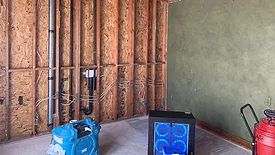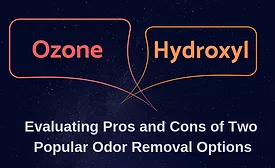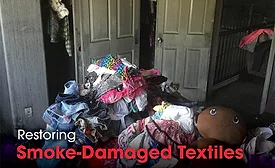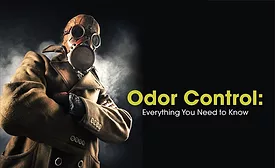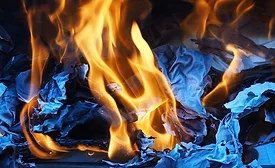Home » Keywords: » ozone
Items Tagged with 'ozone'
ARTICLES
The powerful portable ozone generator now delivers a staggering 22 grams per hour for faster, more efficient restoration
Read More
The Intentional Restorer
Communication with the Carriers is Key to Successful Claim Experience
Read MoreOdor Control: Everything You Need to Know
“I smell the smelly smell of something that smells smelly.” -Spongebob
Read More
Stay ahead of the curve with our newsletters.
Get the latest industry updates tailored your way.
JOIN TODAY!Copyright ©2026. All Rights Reserved BNP Media.
Design, CMS, Hosting & Web Development :: ePublishing

